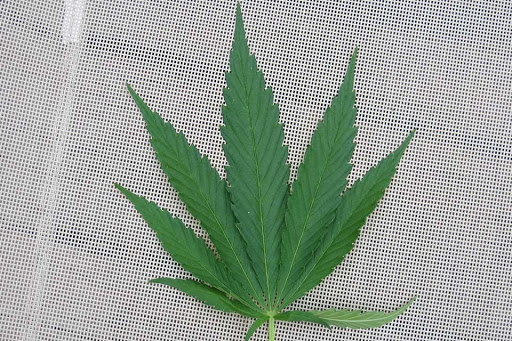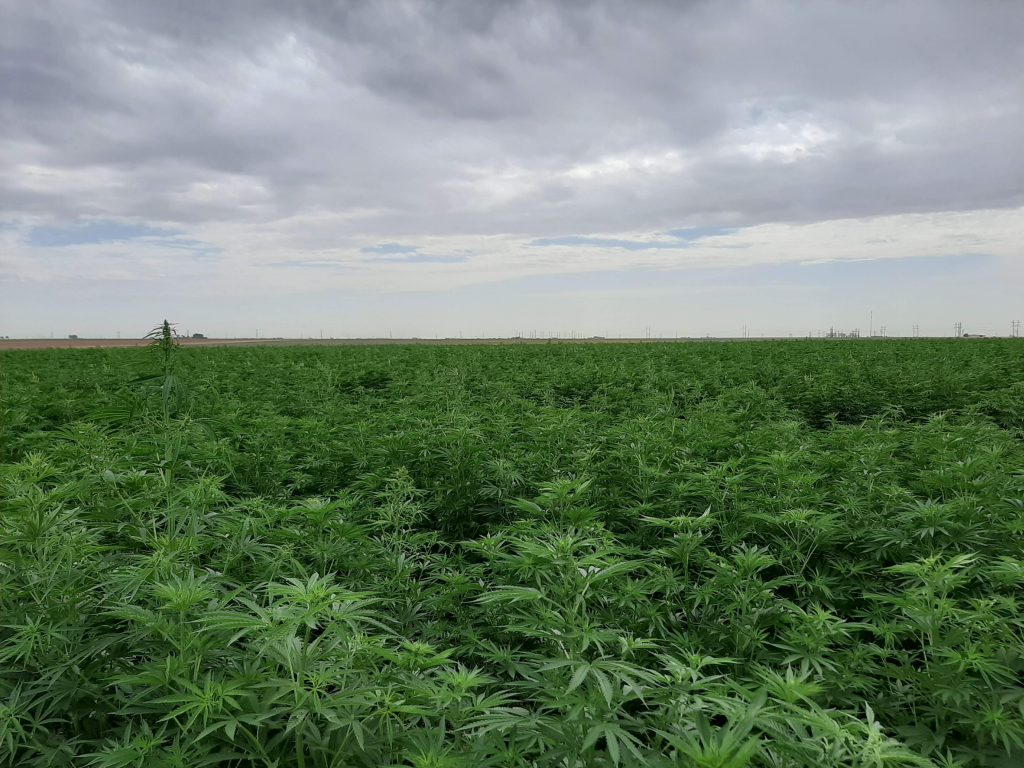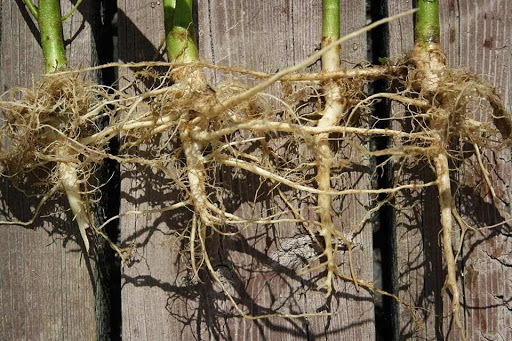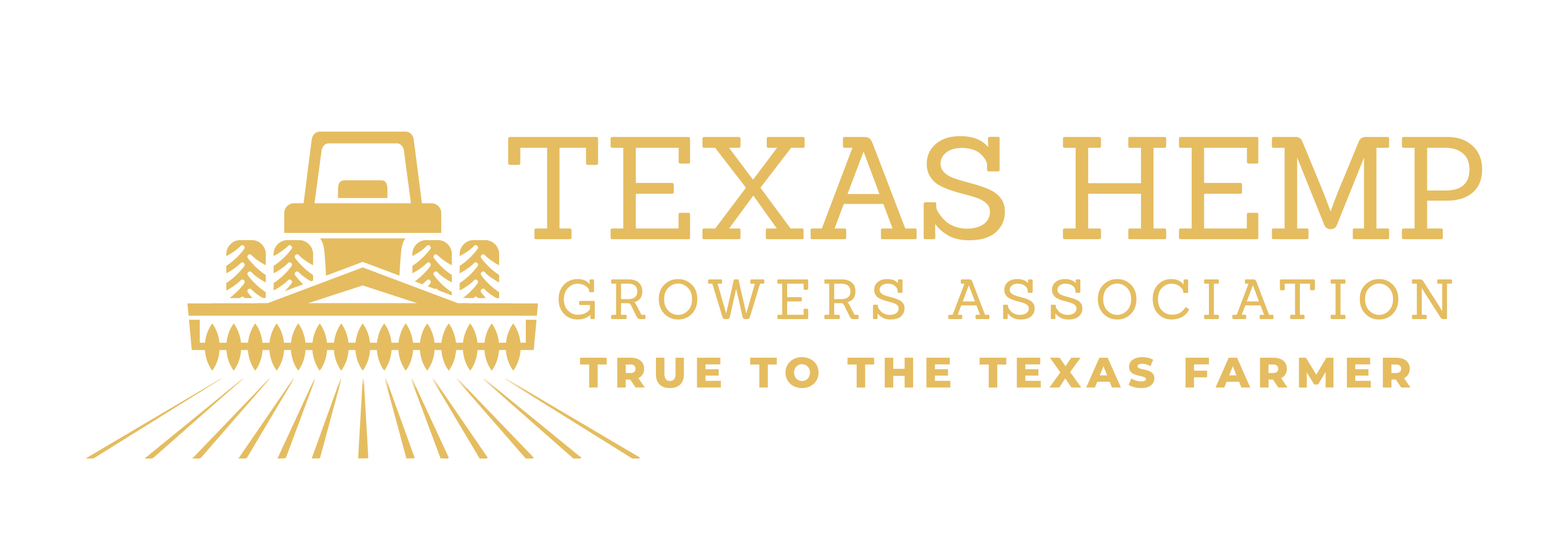THE HEMP PLANT
Industrial hemp is made up of varieties of Cannabis sativa L. that contain less than 0.3% Δ9– Tetrahydrocannabinol (THC).
Marijuana, hemp and cannabis are common names for plants of the genus Cannabis. The term “hemp” is used for cannabis plants that are grown for nondrug use, such as Cannabis sativa L. or narrow leaf hemp (i.e., hemp).


HEMP GROWING STRONG IN TERRY COUNTY, TEXAS, AUGUST 2020
There are three species of the hemp plant: Cannabis sativa L., Cannabis indica and Cannabis ruderalis. Delta-9-tetrahydrocannabinol (THC), the active ingredient of marijuana, is the main difference between the different species.
Cannabis sativa L. a subspecies of Cannabis, is known as hemp. Varieties have a THC content of less than 0.3%. Hemp is a non-psychoactive form of cannabis. Cannabis sativa L. is generally tall and randomly branched, high in fiber and grain. It is low in THC. Many fiber and grain products and industrial uses have been made from Cannabis sativa L. (hemp).
Cannabis indica has poor fiber quality and is used to make drugs for recreation and medicine. The plant is relatively short, conical and densely branched. Cannabis indica tend to have a higher Δ9-THC and a lower Cannabidiol (CBD) content than C. sativa L. Marijuana, dependent on the strain, can have THC concentrations of 18% to 38%. CBD strains of hemp are taken from Cannabis indica.
- sativaL. and C. indica varieties are sensitive to day length to induce flowering (photoperiod sensitive).
Cannabis ruderalis is not common in North America. Cannabis ruderalis will produce flowers based on its age rather than the light cycle (photoperiod). This kind of flowering is also known as auto flowering.
Hemp is an annual broadleaf plant with a taproot. Preliminary research by Dr. Calvin Trostle of Texas A&M AgriLife suggests the common belief that hemp requires 1/2 the water needs for cotton is untrue. 2020 High Plains CBD crops had water requirements similar to corn. In similar environments like SE Colorado and Oklahoma farmer are irrigating at near cotton levels for high CBD yields, and even more in some cases. Dryland and semi-irrigated High Plains seed trials showed promise. More research is required to discover water needs in the many Texas climates.
In compacted or wet soils, the taproot remains short and the plant produces more lateral, fibrous roots. A hemp root is well equipped to grow deep into the soil profile to pick up nutrients that have been left behind by previous crops or nutrients that have leached down in the soil profile. This attribute of the large root is also beneficial in finding water in dry years or in sandy soils where water tables are available.
Hemp plants are warmth-loving (thermophilic) and sun-loving (heliotropic). Biomass and seed production will be reduced if plants do not receive enough sun and warmth throughout the growing season.
Hemp leaves are compound palmate with serrated leaflets. The lower leaf pairs usually occur in an opposite leaf arrangement on the stem.


Depending on variety and growing conditions, the first pair of true leaves usually have a single leaflet. The number gradually increases up to a maximum of about thirteen leaflets per leaf (usually seven or nine). At the top of a flowering plant, the number of leaflets diminishes to a single leaflet per leaf.
Depending on weather and growing conditions, hemp may be slow to establish and grow in the first few weeks of the growing season. Later, during hemp’s elongation phase, it is capable of very rapid growth under ideal growing conditions. Hemp can grow up to 7 to 10 cm a day during this vegetative growth period.

